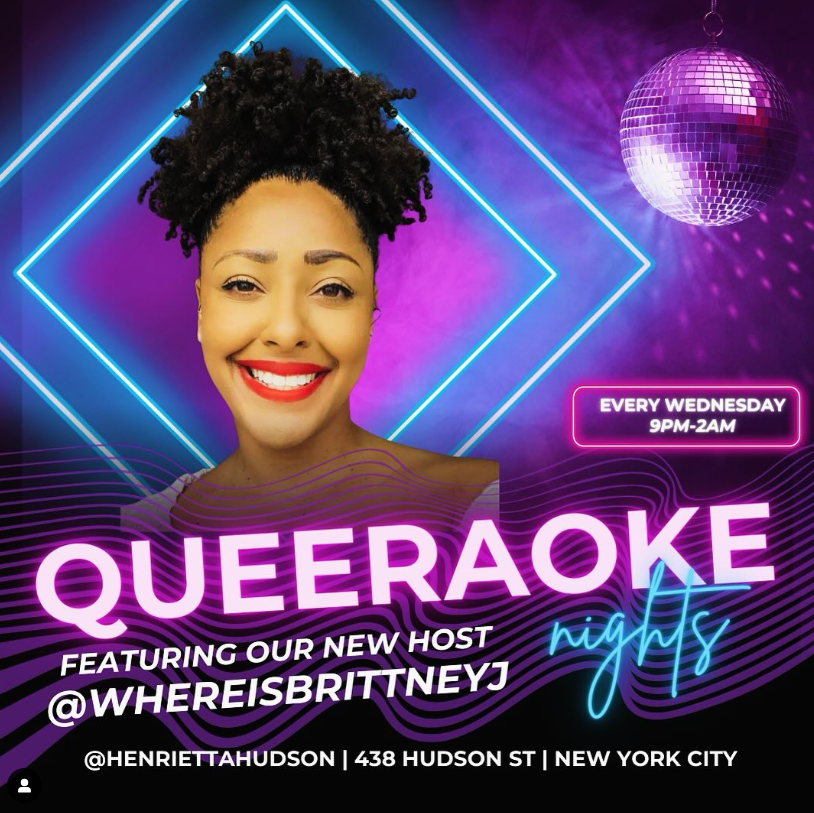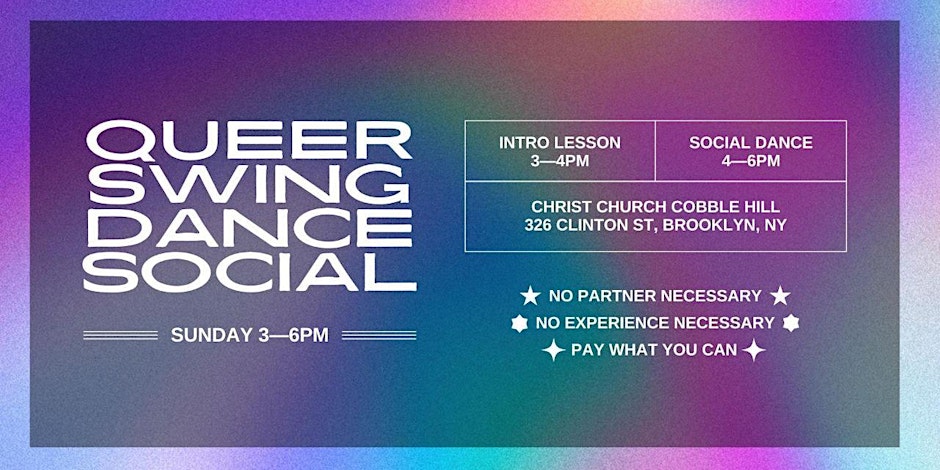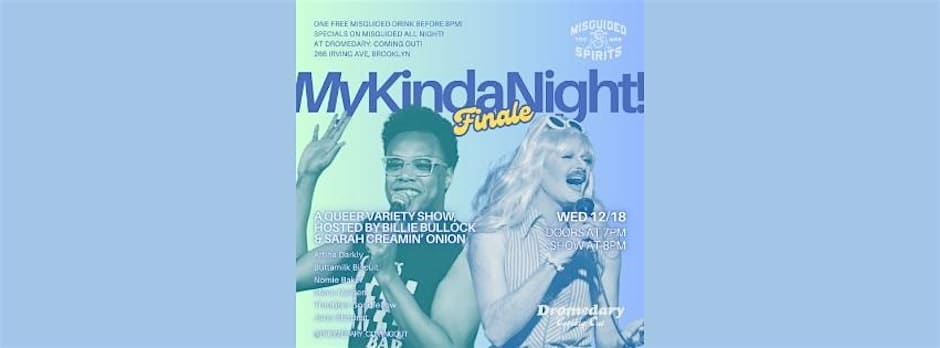There was a time when people found it unsavory to conflate the artist with their work. “The artist,” wrote James Joyce in “Portrait of the Artist as a Young Man,” “like the God of creation, remains within or behind or beyond or above his handiwork, invisible, refined out of existence.” It’s hard to conceive of this as even a remote possibility in 2020. We have moved so far beyond a world in which it is even imaginable to separate an artist from their art, or art from its context, and entered into the era of interplay: The content of a work of art is leveraged against what the public knows about those making the art before we even open the book, walk into the theater, or flick on the television screen.
Take “Ratched,” the thriller series created and produced by Ryan Murphy, whose past TV work ranges from the gorgeous ghastliness of “Nip/Tuck” and “American Horror Story” to the recent LGBTQ+-themed wish fulfillment of “Hollywood” and “Pose.” It’s billed as a prequel to “One Flew Over the Cuckoo’s Nest,” the iconic 1975 film that introduced the archetype of Nurse Ratched: the controlling, cold, sadistic nurse who demands such power over others that she will suck the life out of them if they disrupt her agenda. But Ryan Murphy’s Mildred Ratched is not who we expect. In the original, she’s a ball-buster, seemingly out to get the hero of Cuckoo’s Nest simply for being charismatic and freedom-loving. This time, Mildred Ratched is ultimately motivated by her own desires — which, sexually speaking, are for women. She is now at the center of the story, and men are on the sidelines.
Viewers who enter this series expecting a clearly-mapped prequel to “One Flew Over the Cuckoo’s Nest” will not get what they want, nor will those viewers hoping for a standalone work independent from the original, with a believable, tightly structured plot and clear takeaway. “Ratched” is, rather, a riff on the character, tropes, and touchstone moments from the original film: the practice of lobotomy, insanity as power, and mercy killing, specifically by smothering a suffering person with a pillow, paired with a heavy dose of queer/feminist and aesthetic wish fulfillment. The most provocative elements of “Ratched,” aside from its overt violence and beauty, are the connections the viewer makes beyond the show. Ultimately, the viewer is forced to consider the Hollywood trope of the gay psychopath, and without rejecting or ignoring it, asked to reframe it.
We know going into “Ratched” that Sarah Paulson, the actor playing Mildred Ratched, has long been romantically linked to women. Cynthia Nixon — also openly gay — plays the assistant to the town’s most powerful politician and quickly becomes a featured, unabashedly gay character who sets her sights on resistant Mildred. Luminary Sharon Stone, who appears later in the season as a dripping-with-luxury secondary antagonist with a penchant for exoticism, is known for her lesbian and bisexual roles that Hollywood was barely ready for. The role that made her a star was as the killer in “Basic Instinct,” the 1992 film queer people were supposed to dislike due to Hollywood’s persistent linking of homosexuality to psychopathic behavior, but which my friends and I all secretly adored. Something awfully lesbian is happening in the world of “Ratched.” But what?
Out of the gate, Mildred is manipulative, powerfully convincing, and attached to a gruesome killing. We are positioned to feel about Mildred Ratched the way we feel about Hannibal Lector of “Silence of the Lambs:” she’s a psychopath, but an alluringly cosmopolitan one, and something about the unfolding of her methods makes her fascinating and hard to look away from. Yet as the season goes on, despite several acts of murder and much devious scheming, sympathies shift in her direction. Backstory informs us that, throughout her childhood, Mildred suffered abandonment and horrible cruelty at the hands of adults. What the viewer first thinks is cold-blooded murder by Mildred may have actually been mercy killing. She shows kindness to outsiders when no one else does. And almost at the precise moment Mildred suddenly realizes she “is a woman who prefers the company of other women,” the shows villainous center lands solidly on the shoulders of another character.
Are we rooting against her or for her?
This sense of not knowing which side to take, or which interpretation to cling to, is the genius of “Ratched.” It is a trick mirror, a split screen (a Hitchcockian technique used liberally in “Ratched”), a friend in a convincing Halloween costume — always two things at once. Even the word ratchet, homophone to Ratched, carries a loaded, and gendered, contradiction: It was introduced to the lexicon via 1990s rap as a way to put down women for being nasty or gross, but has been reclaimed to embody the opposite and is now used both ways in AAVE. “Ratchet” also has connotations of increasing intensity, as in “ratchet up the tension” — as if the title itself is a nod to the over-the-topness of the show. This both/and notion is confusing from a mainstream position. To queers, however, being able to see things through more than one lens is a standard way of understanding the world.
This Mildred Ratched is both the original Nurse Ratched, and she is visibly not: Mildred does not appear young enough to make this a prequel. In fact, Sarah Paulson is four or five years older than Louise Fletcher as the original Ratched. The mental hospital of “Ratched,” in contrast to the institutional realism of the Cuckoo’s Nest hospital, is a space of impossible beauty and perfection, as is the show’s entire visual experience. It is a gorgeous, color-soaked period piece, lush with symmetry and luxurious 1940s detail and costumery. The actors’ ages seem important: Female lead characters are played by actors who are exclusively over the age of 40 — Sharon Stone and Judy Davis, who plays the antagonistic Nurse Bucket, are in their 60s — and they are sexual beings with desire, unquestionably attractive to other characters, depicted as far more powerful and interesting than the young, blond, conventionally beautiful nursing assistants in the background. None of this is “real,” but for the duration of the series, we can imagine a world where it might be.
It is standard horror fare to trick the viewer into thinking one character is “good” only to expose them as the villain at the end or vice versa. But Ratched isn’t trying for an “aha” moment of revelation. Realism, or the semblance of it, is not the point of this show. The plot has holes; suspension of disbelief is high, even for a slick horror-leaning TV series. So how are we to read this?
Perhaps the answer is best found after revisiting “One Flew Over the Cuckoo’s Nest.” Viewing the touchstone film in 2020 is horrifying from a feminist perspective. McMurphy, the “hero,” is in jail (this time) for — remember, I just said “hero” — rape. As he tells the receiving doctor at the film’s beginning: “She was 15 going on 35, Doc, and she told me she was 18. She was very willing. I practically had to take to sewing my pants on shut. But once you get that little red beaver right up in front of you, I don’t think it’s crazy at all, and I don’t think you do either.” The doctor responds with a sympathetic chuckle. Haha, sex with children. Well, it was the ‘70s!
The viewer is given one option for how to read “Cuckoo’s Nest,” and it is via the male gaze; sympathy is only available for McMurphy and the other male patients. McMurphy’s iconoclastic behavior throughout the film represented freedom, and Nurse Ratched was a dictator who tamped down anything spirited, fun, or free. The only other women in the film are inexplicitly available sex objects who giggle and provide sex when McMurphy calls for them. When Nurse Ratched threatens to tell a patient’s mother about his tryst with one of these women, the patient attempts suicide. The women of “Cuckoo’s Nest” are either soul-crushing, life-taking oppressors, or sex machines with no personality (except giggling).
In this context, maybe someone should put a pillow over McMurphy’s face and snuff out his character. Maybe Nurse Ratched isn’t terrorizing humanity by lobotomizing a man like McMurphy but attempting to protect it. Maybe it’s time to reconsider the villainy of the women our canon has immortalized as tropes, to allow them to live with the crimes of their past even when forging a path towards loving feelings that have nothing to do with men at all — in all of the confusing messiness that comes with breaking violently with tradition.










































































